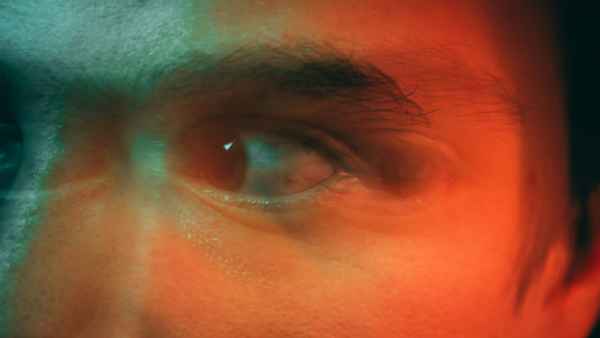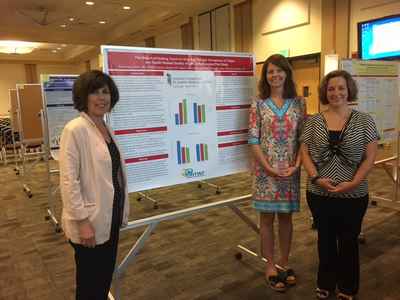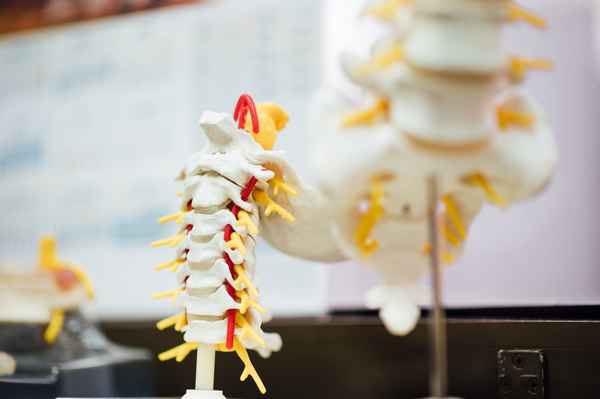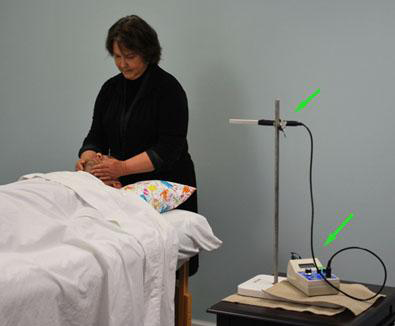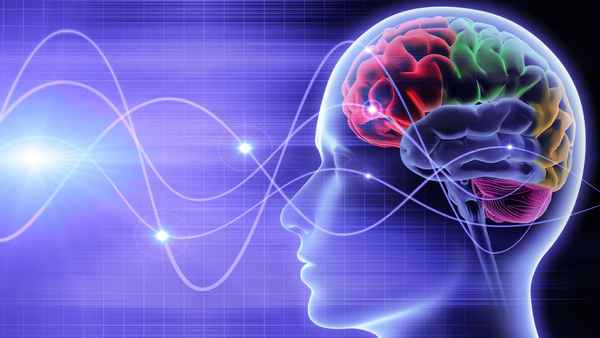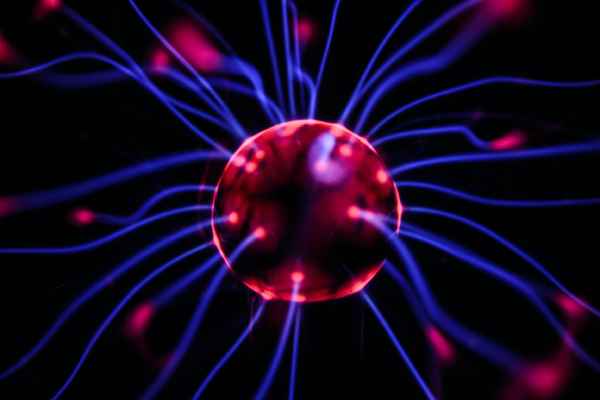Research
Healing Touch Worldwide Foundation - Funding Research
Research is needed to further delineate the association of biofield changes resulting from Healing Touch Treatments with measurable physical markers and psychological effects related to disease and disease treatment.

Need Help with Your Research Grant Application?
HTWF is offering free consultations to guide you through every step of your grant application process! Don’t miss this opportunity to strengthen your proposal and boost your chances of success.
Your Funds Help Enlighten the World
Please consider donating to our cause so we can continue to qualify and quantify
the effects of Energy Medicine on their respective subjects; Advancing Healing Touch Worldwide!
Research Grants Funded
Research Grants Funded
Showcasing examples of past research studies on the efficacy of
Healing Touch with their respective reports.
The focus will be on efficacy of Healing Touch on pain, stress and anxiety symptoms in cancer patients undergoing treatment. The group size will be 20-25 people.
The final analysis and results are expected to be in early 2026!
- As introduction, the authors reported that in a previous study these researchers found that among patients with cervical cancer, a 6-week HT biobehavioral intervention during chemoradiation preserved natural killer cell cytotoxicity, which is a key component of cellular immunity and cancer control. That study also found that HT decreased depressive symptoms in patients with cervical cancer receiving chemo radiation when compared to Relaxation Training (RT) and usual care (UC). Natural killer cell function is related to the activity of metabolic pathways.
- Metabolic flexibility is described as a key indicator for health. A less flexible system, which can occur during disease, is less able to cope with nutritional, mental, inflammatory or other stressors from the environment. The study data suggest a more flexible and resilient metabolism in the HT and RT groups compared to the UC group.
- In addition to the near dozen changes in metabolites that would indicate a positive effect on health in the HT group, the researchers found one result that seemed contrary to their prediction. One bile acid, important for bile acid synthesis and involved in energy metabolism, was found to be significantly decreased in the HT and RT groups over time.
A bullet summary of the abstract:
- The study looked at the blood chemistry of patients undergoing chemoradiation treatment for cervical cancer. A total of 144 blood samples were available.
- Blood samples were evaluated for before, during and after 6 weeks of treatment for a control group, a group receiving HT and a group receiving Relaxation Therapy (RT).
- The current study included results from analysis of 129 available blood samples from 44 patients.
- HT was provided in 20 to 30-min sessions 4 days per week during the 6-week chemoradiation treatment by certified Healing Touch practitioners.
- A total of 661 individual blood metabolites (i.e., compounds) were identified and evaluated for changes between week 1 and week 6.
- No statistically significant differences were found between week 1 and week 6 when groups of metabolites (e.g., steroids, amino acids, fatty acids) were considered overall.
- However, for some individual metabolites within the overall groups statistically significant changes were found.
- Eleven metabolites specifically changed in the HT group over time and not in the RT and UC groups.
- Fifteen metabolites significantly changed in the RT group only and 8 metabolites significantly changed in the UC group only.
- This is the first study investigating potential metabolic effects of HT in cancer patients.
- Differences in metabolite signatures potentially consistent with HT associated differences in acylcarnitine’s and fatty acid metabolism were observed.
- Future work is needed to assess these relationships in a larger sample, and to establish the clinical significance of any metabolic changes. At this time all findings are considered exploratory and should be treated with caution until confirmed with larger sample size.
- HTWF funded the data analysis reported in this study in the amount of $16,650.
- The full paper is available in Integrative Cancer Therapies, Volume 24: 1–15, Sept. 2025 DOI 10.1177/15347354251367793.
The goal of this pilot study it to identify the positive or negative effects of HT with adult post-surgical patients with regards to pain, anxiety, and/or difficulty sleeping in a community hospital setting. The results of the study may help to promote HT as a viable complementary intervention for post-surgical patients.
The abstract was published at Pain Management Nursing, Volume 25, Issue 2, April 2024.
Mr. Falvey presented the study at:
- ASPMN 33rd Annual National Conference in Minneapolis, MN in September 2023
- 7th Annual International Transplant Nurses Society (ITNS) Midwest Heartland Chapter Symposium in Minneapolis, MN in October 2023
- ASPMN is the American Society for Pain Management Nursing
- The National Association of Orthopedic Nurse’s National Congress in Pittsburgh, PA in May 2023
- Fairview Presenting Discoveries Online Poster Fair in 2023
Download and View:
Poster- Effects of Healing Touch of HT on Post Operative Pain and Anxiety in Adults
This study evaluated the effect of Healing Touch (HT) on Health Related Quality of Life (HRQoL) of patients with breast cancer. It assessed and compared the effects of HT on HRQoL and stress, the incidence of radiation treatment delays, blood pressure and pulse, as well as the levels of salivary cortisol in determining stress – all on participants who received weekly HT with those who did not.
The aim of this pilot study was to evaluate if two CAM modalities, Hypnosis and Healing Touch provide any benefit, assessed by decrease in postoperative pain and perioperative anxiety in adolescents with idiopathic scoliosis undergoing posterior spinal fusion surgery. All patients received standard pain management. Significant difference was observed in anxiety scores between the control group and HT group. No difference in cortisol levels was observed between groups in the preoperative and intraoperative periods However, the HT group demonstrated lower cortisol level on postoperative day two, which returned to the same level as the other two groups at the time of follow up visit. However, a trend towards reduction in postoperative cortisol level in the HT group on postop day-2 and reduced anxiety on follow up visit was observed.
Secrets of Energy Healing
Energy healing and biofield therapies – is there any evidence to support these therapies? Can we detect when healing is occurring? Recent evidence suggests that magnetic field activity in the healing space is a reliable measure of changes that occur during energy healing. When the healer “centers” or quiets themselves to prepare for healing, the magnetic field activity in the room becomes less “noisy”. As a healer works with a client, magnetic field oscillations in the room build in intensity and then release, which closely corresponds to the buildup and release that healers can feel and have reported. Thus, the two “secrets” of effective healing, “quieting the space” and “initiating the charge/discharge process”, can be measured scientifically with a magnetometer.
The primary purpose of the study was to ascertain the experiences of spiritual development of Healing Touch practitioners/instructors and how they live their holistic philosophy and spiritual practices underpinning Healing Touch in their lives. The two phases of the study were: Phase 1 in which retreat attendees completed an emailed pre-retreat questionnaire, 3 weeks prior to the retreat. Phase 2, the retreat attendees participated in one of 6 focus groups responding to questions derived from the pre-retreat questionnaire. Two additions focus groups were in Chicago with 8 pre-questionnaire and Brisbane, Australia with 4 participants.
This study evaluated the impact upon the physiology and state of consciousness of recipients of Healing Touch offered by a certified practitioner.
In randomized controlled study of 68 subject’s, 56% of the subject’s female, 44% were male. Age 18 to 91 years of age. The study measured changes in 5 parameters: electroencephalography (EEG), skin conductivity, blood volume and pulse (BVP), respiration, and temperature. These measurements were recorded constantly during each 28 minute session. The procedure consisted of recording 2 minute baseline EEG readings: with eyes closed, then with eyes open. Control Group then relaxed for 20 minutes while the Intervention Group received a 20 minute treatment of Healing Touch. The session concluded with a repetition of the 2 minutes baseline. The Intervention Group had increased activation in all brainwaves patterns, demonstrating a statistically significant difference (p = .03) in the decrease of anxiety compared to the control group, with a CI of 95%.
The department of neurology is conducting a research project aimed at the evaluation of the protective and healing effect of Healing Touch against heat stress using a nerve cell model.
HTWF Archived Research Grants
HTWF Archived Research Grants
Affiliate: The Shiley Center for Orthopaedic Research and Education Scripps Clinic
Principal Investigator: Mary E. Hardwick, MSN, RN
Date: 2007
The primary aim of the proposed prospective randomized, experimental, single center study is to use Healing Touch in addition to standard pharmacologic intervention to improve pain management in bilateral total knee replacement patients. The secondary aims of the proposed study are to; 1 to utilize nursing expertise in initiating a nursing modality for pain control, 2 provide pain relief without pharmacologic agents, and 3 involve bed side nurses in a research project that could make a difference in the quality of patient care.
Affiliate: University of Oklahoma Health Science Center College of Nursing
Principal Investigator: Valerie Eschiti
Date: 2007
The purpose of this qualitative research study is to describe the lived experience of woman who are receiving Healing Touch after their mastectomies.
Affiliate: Stanford University Medical Center
Principal Investigator: Kathy Turner, RNC, NP, CHTP
Date: 2007
To conduct a controlled trial of Healing Touch during chemotherapy infusions for women with breast cancer at Stanford University Medical Center. The study is to determine 1) what effect, is any, Healing Touch has on their quality of life, anxiety, depression, nausea, and fatigue and 2) the feasibility of delivering Healing Touch at the bedside in the Infusion Center.
Affiliate: Touchstone Mental Health
Principal Investigator: Kara Vangen
Date: 2006
To measure ths impact of Healing Touch in reducing secondary symptoms of chronic stress related to mental illness and / or Post Traumatic Stress Disorder. To introduce and educate therapy providers in the mental health system to Healing Touch to give them a working understanding of its benefits for referral purposes and to collaborate with them to support the therapy process.
Affiliate: Wayne State University
Principal Investigator: Judith M. Fouladbakhsh
Date: 2004
The purpose of this research study is to analyze data collected through a retrospective record review of client records at the Healing Touch center in Farmington Hills, MI. To gather preliminary data about the outcome of pain with Healing Touch intervention and other research.
Affiliate: Texas A & M University
Principal Investigator: Dr. Donna Crowley
Date: 2004
The use of Healing Touch protocol techniques as viable treatment modality on fibromyalgia patients.
Affiliate: Community Care Corporation, Minneapolis, MN
Principal Investigator: Karen Vangen, Birgit Kelly, Helen Raleigh
Date: 2004
To measure the impact of Healing Touch has on the reduction of secondary symptoms of mental illness, including depression, anxiety, agitation, poor sleep, etc. The project will service to introduce other service providers (in the mental health community) to Healing Touch and the benefits of integrative medicine in treating clients with mental illness.
Affiliate: Way Station, Inc.
Principal Investigator: Francy Williams, RN, MS, CHTP
Date: 2002
TBA
Affiliate: Baptist Children’s Hospital, Miami, FL.
Principal Investigator: Rebecca J McPherson, M.D., Susan Golembeski Ph.D., RN, Lauralyn Bunn, M.A., CHTP, LMT
Date: 2002
This research project to determine if a Level 1 Healing Touch protocol is significantly effective with reducing pain and stress in the care of premature infants.
Progress Update:
Eighteen nurses and one doctor took a Healing Touch Level 1 class with more wanting to take it also. Nurses practiced Healing Touch sessions on 3 non neonates and 2 neonates, these sessions were supervised. The qualitative feedback from many staff members and nurses is that they are seeing a positive affect on the babies receiving Healing Touch.
Affiliate: St. Mary’s Hospital, Center for Complementary Therapies
Principal Investigator: Sr. Rita Jean DuBrey, CSJ, RN, MSN, CHTO/I
Date: 2001
Recent Healing Touch Worldwide Foundation Research Publications
View/Download: HT Cancer Research Review, Energy Magazine, July/Aug 2023
View/Download: Research Points for HT Efficacy Studies, Energy Magazine, July/Aug 2022
View/Download: HT Efficacy Research Methodology Bibliography
View/Download: HT Cancer Bibliography
Links to other HT Research Resources
Be Involved
The Healing Touch Worldwide Foundation (HTWF) is a 501(c)(3) non-profit organization established July 1997.
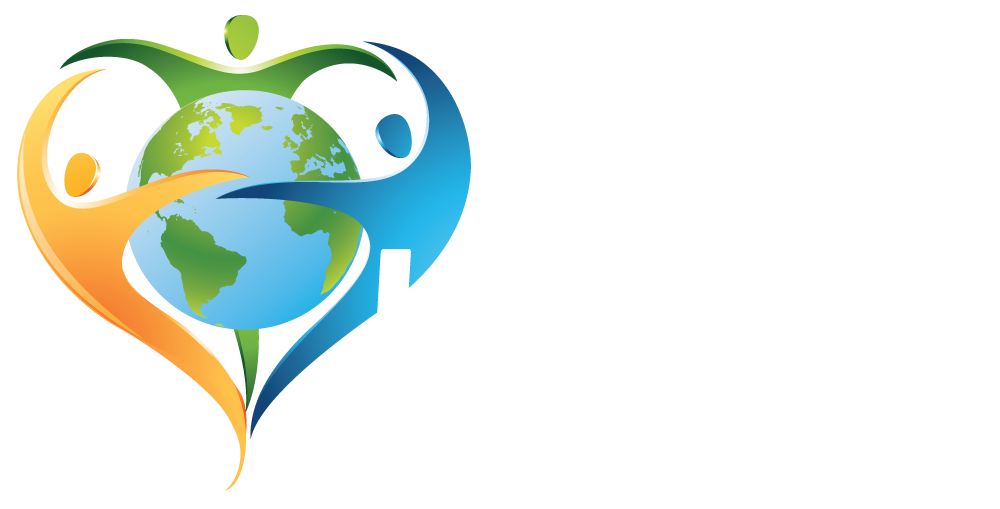

 “Metabolic effects of Healing Touch during cervical cancer treatment”.
“Metabolic effects of Healing Touch during cervical cancer treatment”.